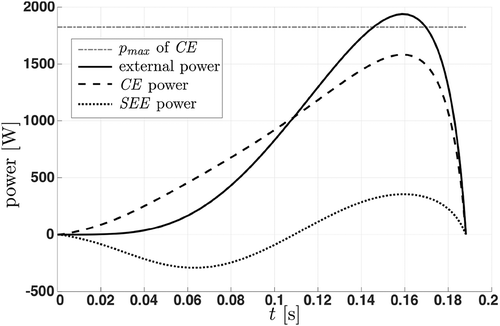Figures & data
Figure 1. Illustration of models A and B within the inclined leg press. (a) Shows the modelled leg and muscle–tendon complex within the leg press. (b) Points out the structural differences between model A and model B. Model A has no length dependencies and thus requires no CE length. Model B uses m [Citation5,Citation8] (reached at
[Citation4]), and
(reached at the fully extended knee). (a) Geometrical relations (proportions are not in scale) of the leg within the leg press. The angles in the sketch are: γ the inclination of the leg press, α the knee-extension angle, β the angle between the force vector of the modelled muscle–tendon complex and the knee moment arm r, β′ the angle between r and the patellar tendon. The forces are: fint the force of the muscle–tendon complex and Fext the external force at the force plate. The lengths are: X the distance from the greater trochanter to the lateral malleolus, lt the length of the thigh, ls the length of the shank, lMTC the length of the muscle–tendon complex, lp the distance from the centre of the patella to the tibial tuberosity,
the distance from the centre of the knee to the tibial tuberosity. (b) Schematic representation of the muscle–tendon complex fint of models A and B. fint of model A consists of a contractile element CE. Model B is an extension to model A adding a serial elastic element SEE and a force–length relation.
![Figure 1. Illustration of models A and B within the inclined leg press. (a) Shows the modelled leg and muscle–tendon complex within the leg press. (b) Points out the structural differences between model A and model B. Model A has no length dependencies and thus requires no CE length. Model B uses lCEopt=0.09 m [Citation5,Citation8] (reached at αopt=120∘ [Citation4]), and lSEE,slack=lp (reached at the fully extended knee). (a) Geometrical relations (proportions are not in scale) of the leg within the leg press. The angles in the sketch are: γ the inclination of the leg press, α the knee-extension angle, β the angle between the force vector of the modelled muscle–tendon complex and the knee moment arm r, β′ the angle between r and the patellar tendon. The forces are: fint the force of the muscle–tendon complex and Fext the external force at the force plate. The lengths are: X the distance from the greater trochanter to the lateral malleolus, lt the length of the thigh, ls the length of the shank, lMTC the length of the muscle–tendon complex, lp the distance from the centre of the patella to the tibial tuberosity, l˜p the distance from the centre of the knee to the tibial tuberosity. (b) Schematic representation of the muscle–tendon complex fint of models A and B. fint of model A consists of a contractile element CE. Model B is an extension to model A adding a serial elastic element SEE and a force–length relation.](/cms/asset/115a29d8-2c60-44a0-a312-684356794baa/nmcm_a_1336633_f0001_b.gif)
Figure 2. Time evolution of the activation dynamics at an isometric contraction. The activation dynamics represent the recruitment of muscle fibres until the maximum number of available fibres is reached. The initial activation is constant and the additional force production starts at the onset
.
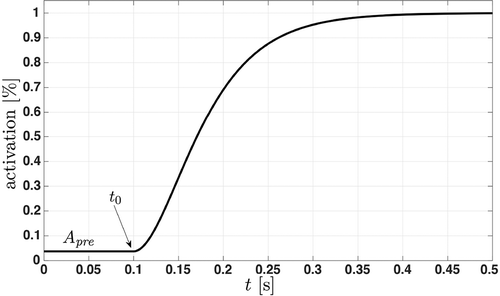
Figure 3. Examples of the SEE at dynamic (a) and isometric (b) contractions. (a) Force–time plot showing the differences between model outputs. External forces Fmod of model A, model Bk6e6n1 using a linear serial elastic element, and model Bk6e6n2.5 using a non-linear serial elastic element are shown. The subscript “k” and “n” are kSEE,lin and nSEE,nl, respectively. For each simulation, the conditions as well as the properties of the geometrical relations, of the contractile element, and of the activation dynamics are identical. (b) This force–elongation plot shows the force-dependent elongation of the non-linear serial elastic element from an isometric simulation (nSEE,nl = 2.5, kSEE,lin = 6 · 106). The non-linear region is represented by the dotted line, whereas the solid line indicates the linear region. Due to the force–length relationship, the maximum isometric force fiso = 18000 N is not reached. The thresholds at the transition from non-linear to linear are fMTC,TH and ∆lSEE,TH, respectively.
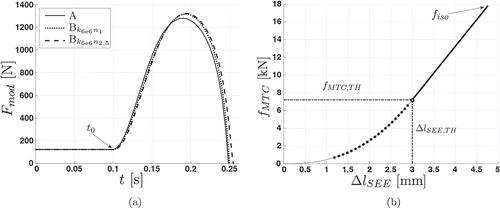
Figure 4. Parameter identification flow chart illustrating re-identification from simulated data sets (dotted grey arrows) and identification from measured data (solid black arrows). Double arrows mark comparisons.
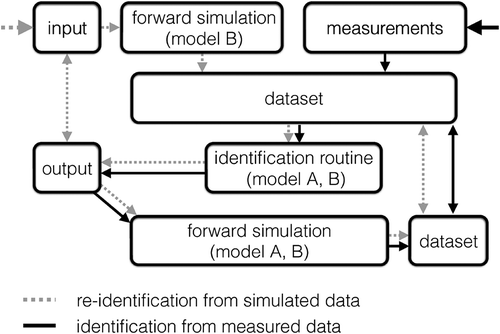
Figure 5. Force–time plot showing the identification process from measured data (grey) using model
. Data from dynamic measurements are offset to 0.3 and 0.7 s for better visibility. The connected diamonds represent the final stage of the identification
while the dashed line is the output
of the subsequent forward simulation.
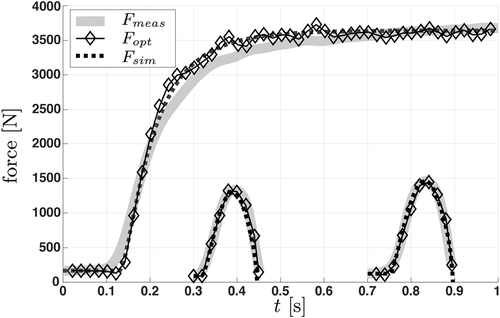
Table 1. Description of model B identification configurations. For enhanced readability the subscripts ‘k’ and ‘n’ represent and
, respectively. Subscripts ‘id’, ‘lit’ and ‘In’ are abbreviations for: parameter identified, parameter from literature and custom fixed input.
Table 2. Re-identifying parameters from two sets of simulated data with model B configurations.
Table 3. Parameter average and standard deviation (
) of identified parameters from model A and model B. The underlined model is the best candidate to identify
.
Table 4. Parameter coefficient of variation from model A and configurations of model B. Averaged values: ; standard deviations: (
).
Table 5. Relative changes in the correlation matrix using measured data sets. The values represent the correlations of the identified parameters of model relative to model A.
Figure 6. Boxplots of identified from measured data sets and different models. Note that only models
and
are significantly different from the others.
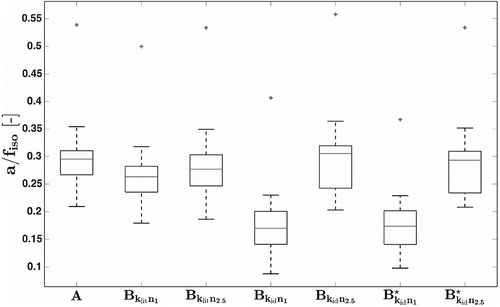
Table 6. Parameter range ( –
without outliers), mean parameter accuracies
and
defined as
normalized to the range (cf. Equation (29)).
Figure 7. Power–time plot of a simulated leg extension. The horizontal line ( of CE) indicates the maximum power of the contractile element. Initially, the serial elastic element (SEE, dotted line) stores energy and returns it towards the end of the movement. Thus, it is possible that the external power (solid line) exceeds the power of the contractile element (CE, dashed line). Note that due to the influences of the force–length relation and the activation function, the power of the contractile element does not reach its maximum value
.
